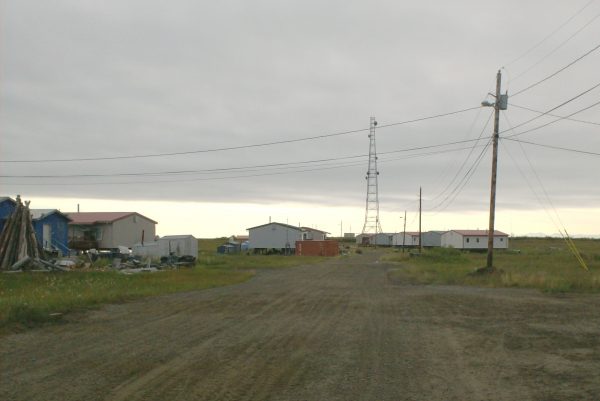
ANCHORAGE, Alaska (AP) — About 70 Alaska tribes have implemented travel restrictions to reduce the spread of the coronavirus, limiting incoming air, land and water traffic in remote villages scattered across the state.
Republican Gov. Mike Dunleavy has given communities regulation leeway through their councils and other governmental entities, so travel restrictions vary throughout the state, Indian Country Today reported.
Get the latest coverage of the coronavirus.
“But the less mixing we have going on at this point, the more we slow the virus down,” Dunleavy said. “Right now they are (helping out), but if there are issues or incidences where folks, let’s say go overboard, then we can have that discussion with them.”
Residents of the Northwest Alaska Inupiat village of Kivalina, population 379, who want to leave must notify the tribal administrator of departure and return dates, the reason for the trip and must self-quarantine for 14 days upon return, community leaders said.
Those rules apply to travel by flights and snowmachine from neighboring communities, since the village is not connected by road to any other community, leaders said.
Alaska had reported about 250 known cases of COVID-19 and seven related deaths as of Friday. Most are in Anchorage, Fairbanks, and other communities connected by road, but there no confirmed cases in any small off-road villages.
RELATED: In Bristol Bay a rising concern among tribes that fish processors’ quarantine plans aren’t enough
For most people, the new coronavirus causes mild or moderate symptoms, such as fever and cough that clear up in two to three weeks. For some, especially older adults and people with existing health problems, it can cause more severe illness, including pneumonia and death. The vast majority of people recover.
Elders are cautious because some experienced the aftermath of the 1918 influenza epidemic in Alaska when villages were wiped out and others lost more than half of their population, said tribal administrator Millie Hawley, Inupiaq.
“Everyone’s doing their part … just staying home, hunkering down, they call it,” Hawley said.
RELATED: Here’s an alphabetical list of Y-K villages that have restricted travel
Others are not as willing to listen to direction.
“You have certain people that are attracted to living out in remote Alaska” because “they can live their life without being told by outsiders how to do that,” said Natasha Singh, Athabaskan, general counsel for the regional nonprofit tribal entity Tanana Chiefs Conference.
Sharing information from outsiders and medical experts “can be a difficult education process,” she said.
The pandemic also heightens the “extreme needs and disparities” between urban and rural Alaska, with gaps in the high cost of living and of transportation, access to medical care, and public safety, Singh said.
The U.S. Supreme Court has recognized tribes’ inherent authority to protect the health of its members, and tribes have taken appropriate steps within their legal authority and tailored to their specific needs, she said.




